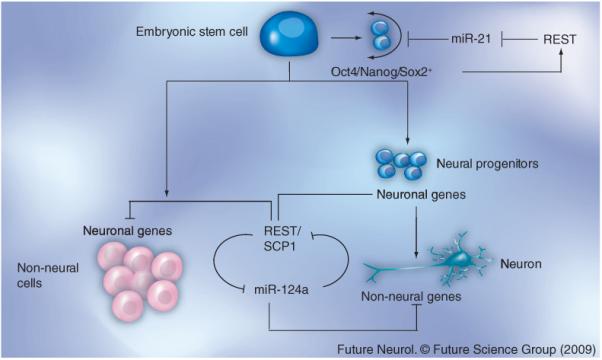Figure 1. Overview of REST function in self-renewal of embryonic stem cells and neurogenesis in neural and non-neural cells.

In embryonic stem cells, REST represses the expression of miR-21, a negative regulator of proteins involved in self-renewal including Sox2, Nanog and Oct4. In the absence of miR-21, the expression of Sox2, Nanog and Oct4 in embryonic stem cells is maintained, which in turn feeds back and activates REST expression and contributes to self-renewal in these cells [85]. In non-neural cells, the REST/SCP1 complex represses the expression of neuronal genes and the proneuronal miR-124. In neurons, REST is absent and, consequently, miR-124 is expressed [20,21]. This not only promotes neuronal gene expression, but also represses non-neuronal gene expression [20,21].
miRNA: Micro-RNA; REST: Repressor element silencing transcription factor; SCP1: Small CTD phosphatase-1.
